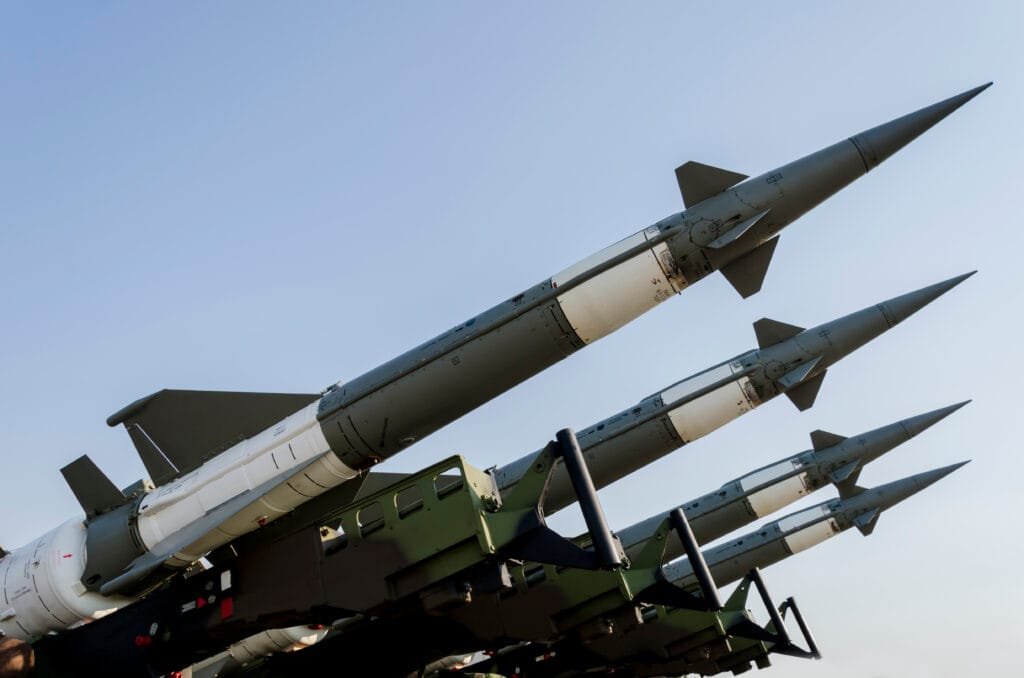
Pakistan’s missile development program continues to evolve rapidly, with the Fatah-II short-range ballistic missile (SRBM) emerging as a notable addition to its growing arsenal. Designed with precision and versatility in mind, the Fatah-II is being touted as a strategic response to India’s advanced air defense systems, particularly the S-400 Triumf. In this article, we break down the missile’s specifications, operational role, and how it compares with Indian ballistic missile systems.
🔹 What is the Fatah Missile?
The Fatah series is a class of guided rocket artillery and ballistic missiles developed by Pakistan. The Fatah-I was the first to be inducted and had a range of up to 140 km. Its successor, the Fatah-II, marks a significant advancement with enhanced range, accuracy, and tactical flexibility.
The missile was publicly unveiled during Pakistan’s Pakistan Day Parade and is part of the inventory of the Pakistan Army’s Strategic Forces Command.
🔹 Key Features and Specifications of Fatah Missile
| Feature | Specification |
|---|---|
| Type | Short-Range Ballistic Missile (SRBM) |
| Range | Up to 400 km |
| Guidance System | Inertial Navigation System (INS) + Satellite-based GNSS |
| Accuracy (CEP) | < 10 meters |
| Warhead | 365 kg (unitary blast or fragmentation) |
| Mobility | Mounted on 8×8 Transporter Erector Launcher (TEL) |
| Flight Path | Flat trajectory to evade radar detection |
The Fatah-II uses a flat or depressed trajectory, which shortens flight time and complicates interception by missile defense systems. Its advanced guidance ensures pinpoint accuracy, enhancing its effectiveness against both fixed and mobile high-value targets.
🔹 Strategic Purpose of Fatah Missile
Pakistan has positioned the Fatah-II as a cost-effective, precision-strike system aimed at neutralizing enemy air defenses and critical infrastructure. The missile’s range and mobility allow it to operate from deep within Pakistani territory, targeting key assets in border regions or even deeper across the Line of Control.
More importantly, it serves as a tactical deterrent, potentially used to saturate Indian air defenses in the event of an escalation. It complements Pakistan’s broader missile portfolio that includes the Shaheen and Babur missile systems.
🔹 Comparison with Indian Ballistic Missiles
India maintains a robust and diverse missile inventory under the Integrated Guided Missile Development Program (IGMDP) and newer initiatives. Here’s how the Fatah-II compares with India’s major missile systems:
1. Prithvi Series
- Type: SRBM
- Range: 150–350 km
- CEP: ~10–50 meters
- Comparison: Similar role, though Prithvi uses liquid propulsion; Fatah-II is solid-fueled and more mobile.
2. Agni Series
- Type: MRBM to ICBM
- Range: 700 km (Agni-I) to 5,000+ km (Agni-V)
- CEP: ~30–40 meters (Agni-III)
- Comparison: Agni missiles outmatch Fatah-II in range and strategic depth but are meant for nuclear deterrence.
3. BrahMos
- Type: Supersonic cruise missile
- Range: 290–800 km
- Speed: Mach 2.8 to 3.0
- Comparison: BrahMos is faster and more precise, but significantly costlier than Fatah-II; not ideal for large-scale deployment.
4. Prahaar & Pralay Missiles
- Prahaar: 150 km range, tactical battlefield missile
- Pralay: 150–500 km range, solid-fueled, high accuracy
- Comparison: India’s Pralay is the closest equivalent to Fatah-II, offering similar range and trajectory profiles.
🔹 Can India Counter the Fatah Missile?
India’s missile defense strategy is centered around:
- S-400 Triumf Air Defense System
- Swathi Weapon Locating Radar
- Barak-8 and Akash surface-to-air missiles
- Integrated Air Command and Control System (IACCS)
While the S-400 can intercept threats up to 400 km, saturation attacks using multiple Fatah-II missiles launched simultaneously could challenge even sophisticated systems. However, India’s growing electronic warfare and early warning capabilities provide an effective buffer against such scenarios.
🔹 Why Fatah Missile Matters
The Fatah-II is a force multiplier for Pakistan, providing a credible tactical strike option that balances cost, mobility, and accuracy. It is particularly significant due to:
- Ease of deployment
- Potential use in saturation attacks
- Compatibility with modern warhead designs
Its development reflects Pakistan’s focus on asymmetric responses to India’s growing conventional and strategic edge.
🔹 Final Thoughts
The Fatah-II short-range ballistic missile is not a game-changer in itself but represents a strategic evolution in Pakistan’s missile doctrine. With an eye on precision, survivability, and cost-effectiveness, it enhances Pakistan’s ability to conduct quick, accurate strikes under contested conditions. Meanwhile, India’s superior range and diversified arsenal ensure it maintains a strategic upper hand.
As missile technologies in South Asia continue to evolve, the Fatah-II highlights the growing focus on tactical precision and missile defense evasion — reshaping regional military doctrines in the process.

